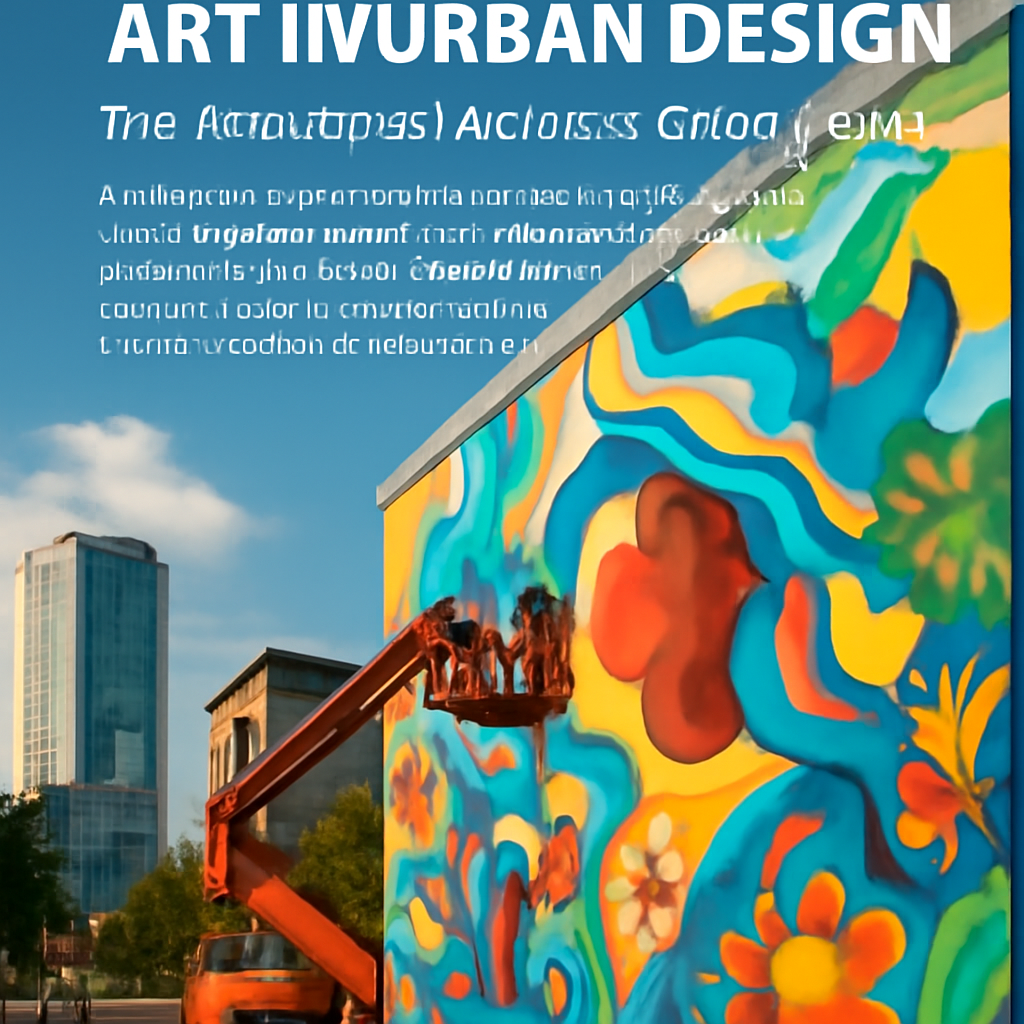Location
Mount Vernon, WA 98274
Location
Mount Vernon, WA 98274

As cities continue to evolve, the integration of art into urban design is becoming increasingly significant. This article explores how public art can enhance community engagement, promote cultural identity, and contribute to the overall vitality of urban environments.
In recent years, urban development has seen a shift towards more people-centric designs. Among various strategies to enhance the urban landscape, the incorporation of public art has emerged as a powerful tool for transformation. Public art installations not only beautify spaces but also foster a sense of community and belonging. From murals to sculptures, these works serve as cultural markers that reflect the identity and values of the neighborhoods they inhabit.
Art can play a crucial role in bridging gaps between diverse community members. Public art projects often involve local residents in their creation, thereby fostering collaboration and engagement. For instance, community mural projects allow individuals to share their stories and perspectives, creating a sense of ownership over the space. A study by the National Endowment for the Arts found that communities with vibrant public art scenes tend to have higher levels of social cohesion and civic engagement.
Moreover, public art can act as a catalyst for economic revitalization in urban areas. Cities that invest in art initiatives often see increased foot traffic, which supports local businesses. The presence of striking art installations can attract tourists, contributing to a city’s economy. According to a report from the Americans for the Arts, every dollar invested in public art generates an estimated $4 in economic return. This highlights the dual benefit of enhancing community welfare while also stimulating local economies.
Art also plays a vital role in defining the cultural identity of urban spaces. By showcasing the history, traditions, and aspirations of a community, public art can solidify a sense of place. This is particularly important in cities undergoing rapid development, where maintaining cultural heritage can be a challenge. Art installations can serve as a reminder of a community’s roots while simultaneously paving the way for future growth.
Despite the numerous benefits, integrating art into urban development is not without its challenges. Issues such as funding, maintenance, and community representation must be addressed to ensure that public art efforts are sustainable and inclusive. Collaborative approaches that involve artists, local governments, and community members are essential to overcoming these hurdles.
As cities continue to grapple with complex social and environmental issues, the infusion of art into urban planning offers a refreshing perspective. By prioritizing creativity and community engagement, urban developers can create spaces that are not only functional but also vibrant and inspiring. The future of urban development lies in reimagining public spaces as canvases for collective expression, fostering a deeper connection between individuals and their environment.